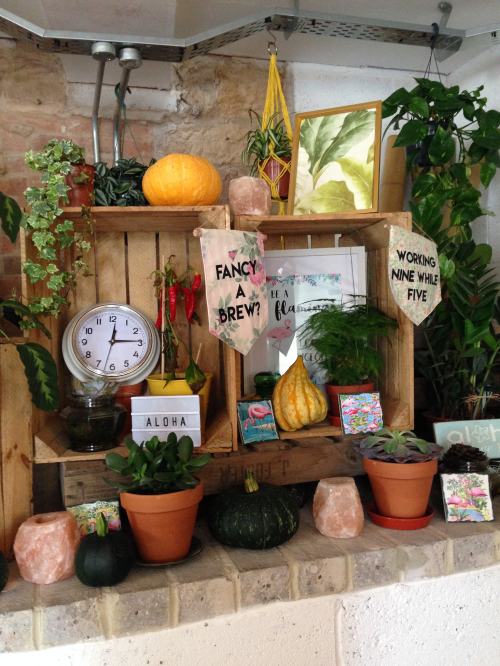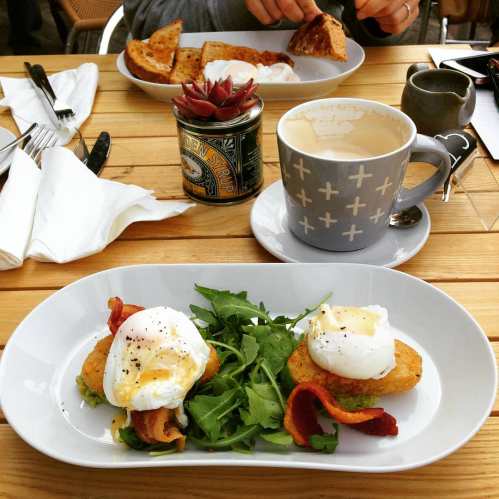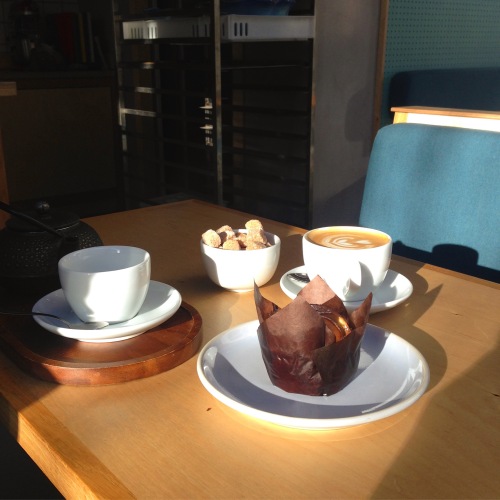While our expectations of Central and South America have generally been confounded in every way, Peru was particularly surprising. It started with our first long bus journey through the country, where for a pittance we were ushered aboard an incredibly plush coach, fitted out with WiFi, plug sockets and reclining chairs so huge my feet couldn’t touch the floor. The luxury was incongruous when streets lined with rubbish – and over-run with dusty or muddy dogs, depending on the weather – passed us outside, jarringly set to a soundtrack of 80s disco or the unfortunately ubiquitous loud, violent film. As we sailed through vast desert and gaped at the huge, sculpted sand dunes that lined roads blasted through rock, stewards would bring us hot dinners, precariously pouring soft drinks from strange angles as the driver took on road bends or passing vehicles at great speed. I would learn later that this luxury came at a cost: three of such journeys in there’d be a 100% record on dodgy bellies following our free feed; nonetheless, the coaches themselves made the vast journeys all the more palatable in other ways.
Our first stop would be in the coastal town of Trujillo. While nice enough there was nothing hugely exciting about our arrival – that was until we asked our taxi driver to take us to our hostel, the wonderfully named Hostal Wanka. As has become a habit with us, our driver knew nothing of it so proceeded to yell “Wanka? Si, WANKA!!” across the station forecourt. Things were looking up.
https://www.instagram.com/p/BBNM4A2wQsp/
From here we’d explore the pre-Incan Moche ruins dotted around and inside the town. While simple in their design, the carefully crafted structures were covered in intricate decoration and found to be full of ceremonial pots, jugs and jewellery. From the dusty plains of Trujillo we then found ourselves in sparkling Lima, a world away from clay-carved ruins and full of busy highways, cosmopolitan neighbourhoods and all the American brands you could hope to avoid. While on the surface Lima seemed polished and impossibly refined, there were corners of alternative culture and grit to be found, especially in the Barranco district where fantastic ceviche canteens rubbed shoulders with homemade T-shirt shops, miscellany-filled pubs and some very excellent pisco sours.
https://www.instagram.com/p/BBVwztrQQge/
Our longest bus journey yet – 24 hours, which stretched to 27 – took us all the way to Cusco. We didn’t hang around, instead booking our passes for Machu Picchu and heading straight for Ollantaytambo, a town set in the valley of the giant mountains that lead the way to the site itself. From here we’d catch our first train, the well-appointed Inca Rail that was quickly (and maturely) renamed by me as the Machu Picchu-Chu. On board we were served warming muña tea as we passed through dramatic landscapes full of towering mountains and fast-flowing rapids, stopping alongside fields full of llamas and brightly dressed locals as trains passed the other way. At Agua Calientes we prepared for the next day’s trip to Machu Picchu then hid from the rain in a surprisingly authentic Parisian boulangerie, run by a French man also fluent in Spanish, English and Glaswegian.
https://www.instagram.com/p/BClVFjuQQnm/
By 5 the next morning we were waiting for the first bus to the national park, suitably British in our eagerness to be the first there. And we were – as the gates opened we were third and fourth in and treated to the sight of a cloud-shrouded Machu Picchu awakening to the light without another person in view. Unable to hike (it being February, when the trail is closed) we nevertheless treated our legs to an excoriating work-out tackling Machu Picchu mountain, a 2-hour climb up a haphazardly steep staircase. At the top we were rewarded with the sight of… nothing much at all, the site being shrouded in very specifically placed cloud. Luckily the mist would pass, allowing as a short view of Machu Picchu in miniature before the steady climb down.
https://www.instagram.com/p/BClVZczwQoT/
Suitably awed by the Incas and their perseverance in building something so huge and beautiful on land so high we returned to Cusco, though not before sampling unexpectedly good coffee and cake at Cafe Mayu in Ollantaytambo’s station. From Cusco we travelled to Puno, a fairly uninspiring and shambolic town with the redeeming feature of providing a gateway to Lake Titicaca.
The lake would be our final surprise in Peru, and a wonderful one at that. On a whim we took a small boat to the Uros Islands, a man-made archipelago of reed islands inhabited by indigenous people who live off the water, its fish, and the boats that bring tourists keen to learn more. We were greeted by a handful of families all dressed in traditionally colourful dress, the women displaying long braids tied with fantastically bright pom poms. As we quietly baked in the scorching heat, we learnt about the islands, their reed houses and the solar panels that brought more modern capabilities, then browsed the stalls of handmade throws, mobiles and bracelets before trundling home – this time having learnt to duck the water balloons lobbed from the entranceway to the islands by laughing locals.
https://www.instagram.com/p/BBtBnj8wQk3/
The following day we booked a tour to Amantani Island, passing the Uros once again on our journey east. After a slow and stuffy boat ride we were greeted on the pier by a handful of women bedecked in traditional long skirts and head-coverings. Smiling Mathilde would be our host so we, along with fellow travellers Sol and David, followed her up steep paths to her home, where we were greeted with stunning views across the lake, a garden full of flowers and a small pen of sheep eyeing us suspiciously.
https://www.instagram.com/p/BClWX2LQQqr/
Later Mathilde’s son Roger would take us to the great hills at the summit of the island, Pachamama and Pachatati. On the way we passed the ordered system of ‘parceles’, an allotment-like system used by all the villages on the island as a way of cultivating the right number of different crops. At the top we would take in the vast, still water of Lake Titicaca that spread as far as the eye could see. Later, as we sat down to dinner with the family, they would explain the self-sufficient nature of life there, and describe how each house and its surrounding land would be passed through the family, ensuring traditions were kept and foreign business avoided. Exhausted from our day and the altitude, we were in bed by 8, to be woken at dawn by the rising sun and the sounds of hungry sheep and braying donkeys.
https://www.instagram.com/p/BClWzJ6QQr2/
Breakfast was once again with the family – warm quinoa pancakes, fresh muña tea, boiled eggs and bread. We said our sad goodbyes and promised to spread the word before Mathilde walked us down to the pier and waved off our trundling boat. The following day we’d be on yet another bus, heading for Bolivia. It would have a lot to live up to in comparison.
https://www.instagram.com/p/BClWL-1wQqR/







